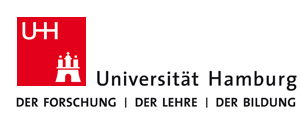UHH>Informatik>NatS>ELSNET06 Web>FirstAnnouncement>ELSNETCourses>AbstractOepen (17 Oct 2012, UnknownUser) Print version
Hybrid approaches in Machine Translation
Machine Translation (MT) arguably is the oldest application area in computational linguistics and, as of late, has become a fashionabletopic once again. Not suprisingly, MT research over the decades has exercised (if not invented) all the major paradigms in NLP: ranging from direct, procedural translation, over linguistic, rule-based or knowledge-heavy translation, to more data-driven, example-based and statistical MT. This course will provide a bit of a review of MT history (to the extent that a researcher in their thirties actuallymusters historic knowledge) and then introduce two specific paradigms in some detail, viz. semantic-transfer MT (RBMT) and statistical MT (SMT). Reviewing the strengths and weaknesses of both approaches, we aim to equip participants with a good understanding of (a) why hybrid MT (combining some linguistics and statistics) is often viewed as the paradigm for next-generation MT and (b) what the specific challenges are in creating MT systems that combine the best of both worlds.-- CristinaVertan -- 12 May 2006  Copyright © by the contributing authors. All material on this collaboration platform is the property of the contributing authors.
Copyright © by the contributing authors. All material on this collaboration platform is the property of the contributing authors. Ideas, requests, problems regarding Foswiki? Send feedback
